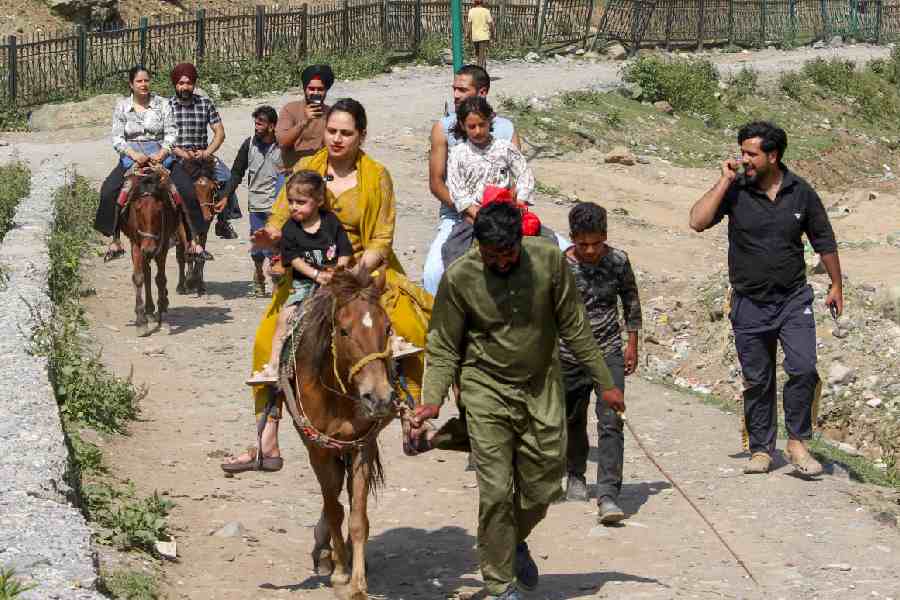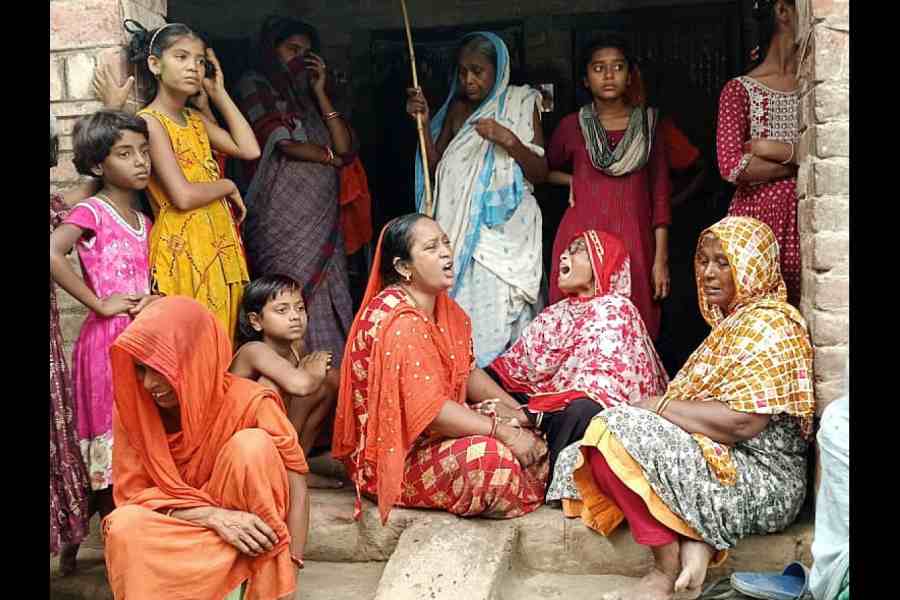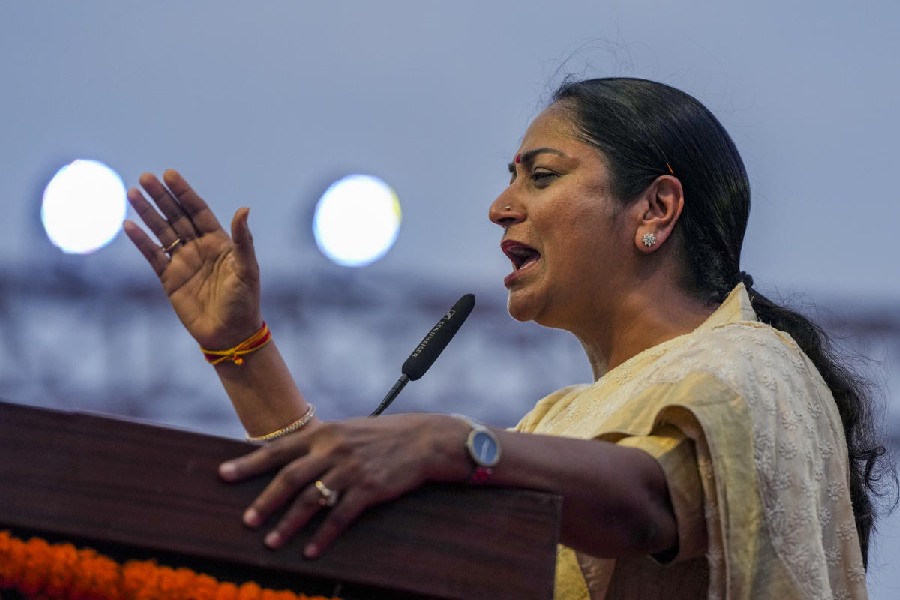|
|
| Small and compact |
Sensible, scholarly books still get published but the market rewards the sort you can judge by the cover. You can describe the two categories as up-market — the one for the intellectual elite, and down-market, which is entertainment for the common reader. Or, you could break it down further into the number game: the former, with limited print, runs as low as 500 copies but is costly; the latter usually has an initial print run of at least 5000 copies but is priced in the Rs 100-150 range for the mass market.
Ideally, the publisher would like to ‘mix’ the two but this does not happen here: you either go for the top end or the lower, depending on how well you know your segment of the market and the key players who operate the levers of demand. Hence the question: how do the two systems work and can they ever meet as they have done in the big companies in the West because of the retailing chain stores?
Take the top end, or the scholarly books, which could be anything from purely educational books to reference manuals like dictionaries of different kinds or serious fiction. These books are addressed to a small worldwideclientele. But the clientele, although spread across the English speaking world, can be identified either through direct mailing of publicity brochures or by negotiating marketing arrangements with distributors who take care of sales in the territories reserved for them. The important point is that this market can be identified and reached, unlike that of many other hit-or-miss titles where it is diffused over a wide area. Also, although print runs are small, price is not a restraining factor because such books are published to satisfy a specific need.
Mass market books are a different story. First, the down market is clearly now a sub-division of the entertainment industry — glitz, sex, romance and violence do very well because there is a nexus between them and sales. Essentially these are non-books or packaged soap books that can spin off into films or television serials. It is the mass entertainment potential of this fiction that commands a price. Because of the up-front money, the print runs have to be huge too if costs have to be recovered. But the price has to be pegged down to seduce the impulse buyer.
Books are now ‘products’ to be merchandized like any other commodity. This product must be seen and talked about. This means hype — book releases, talk-shows, meet-the-author and the rest. But the market for popular books cannot be identified in the same way as with scholarly books. And this market can be whimsical because there are no rules here.
So, can the two ends meet? Only if you have huge resources like in the West where different companies can operate within one large holding company. In India we can have different divisions with a house and that is about all. But it leads to marketing problems resulting in increased overhead costs that is not desirable. It is best to remain small and compact and make sure that you get reasonable returns.











